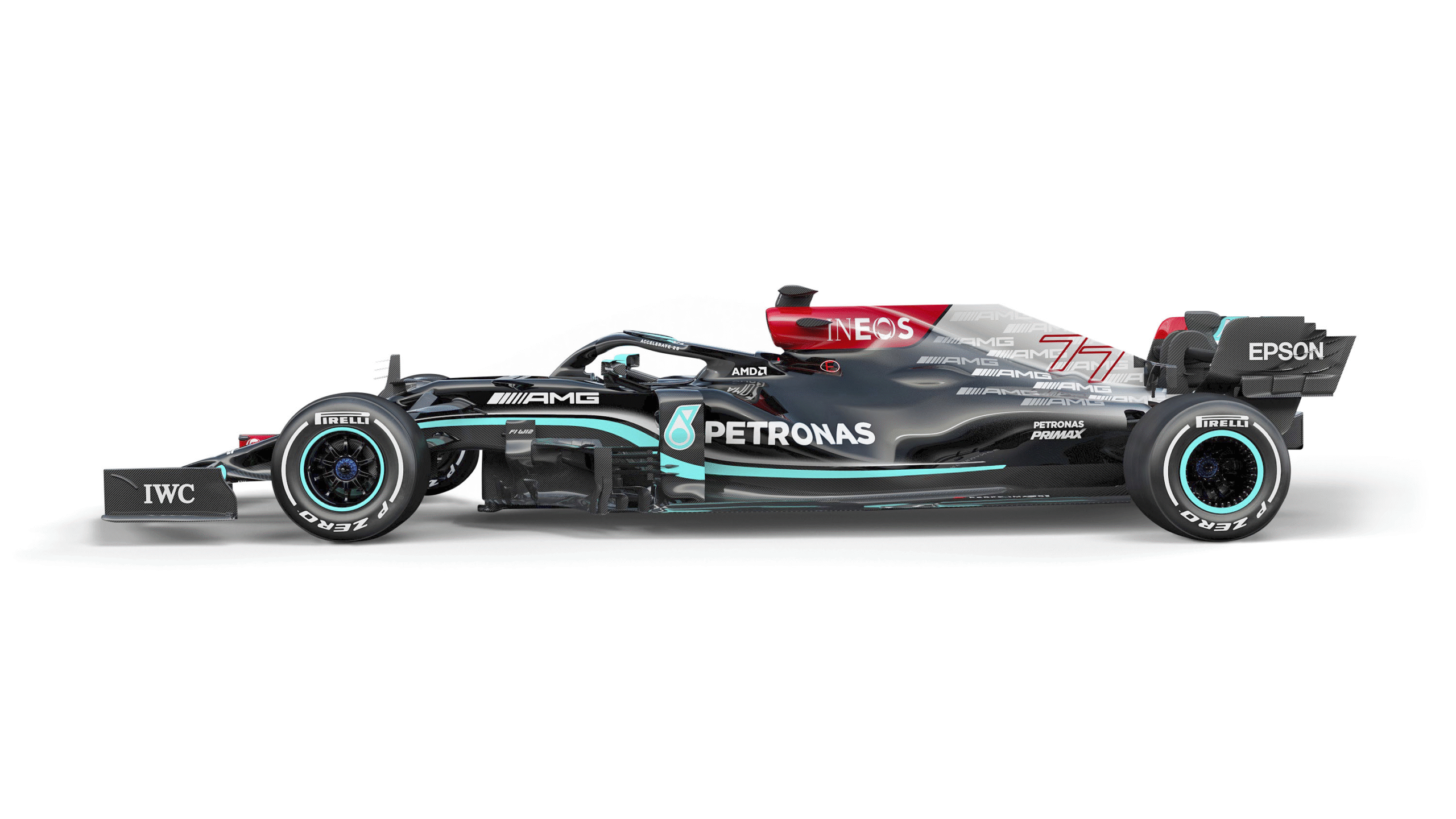What To Know
- Verstappen made a daring move, Hamilton’s dream of an eighth world title was shattered, and a new champion was crowned.
- The speed, the strategy, the adrenaline—cars flying at over 350 km/h across some of the most glamorous locations in the world.
- Daniel Ricciardo, for example, became a global fan favorite not just for his driving but for his fun personality, showcased in Drive to Survive.
December 12, 2021 – Yas Marina Circuit, Abu Dhabi.
Red Bull’s Max Verstappen and Mercedes’ Lewis Hamilton were wheel-to-wheel in what became one of the most dramatic finishes in Formula One history. After 21 races, both were tied on points. The championship came down to the very last lap. Verstappen made a daring move, Hamilton’s dream of an eighth world title was shattered, and a new champion was crowned.
That’s the magic of Formula One. The speed, the strategy, the adrenaline—cars flying at over 350 km/h across some of the most glamorous locations in the world. From Monaco to Saudi Arabia. From Singapore to Greater Noida’s Buddh International Circuit. Celebrities, billionaires, and world leaders all show up. But behind this spectacle is not just a sport—it’s a multi-billion-dollar global empire.
You might like: What’s different between Mustang & Shelby?
Between 2017 and 2024, Formula One’s revenue doubled from $1.7 billion to nearly $3.4 billion. So how does this business really work? And why did Formula One fail to survive in India?
What is Formula One?
Ten teams. Two drivers per team. Single-seater engineering marvels capable of hitting 350 km/h and braking from 300 to 0 in just a few seconds.
The season runs from March to December, with 24 races every year, each called a Grand Prix. A race weekend typically looks like this:
- Friday – Practice
- Saturday – Qualifying
- Sunday – Main Race
Drivers compete for the Drivers’ Championship, while teams fight for the Constructors’ Championship. Points are awarded only to the top 10 finishers.
And it’s not just about speed. It’s about strategy, teamwork, and precision—when to pit stop, which tires to use, and avoiding even the smallest mistake that could cost millions.
Who Runs Formula One?
Most sports are run by governing bodies—BCCI for cricket’s IPL, IOC for the Olympics, FIFA for football. Formula One is different.
- FIA: Sets the rules.
- Formula One Group (FOG): Runs the business.
Until 2017, one man—Bernie Ecclestone—controlled the commercial rights. His old-school style ignored fans, digital platforms, and younger audiences.
But everything changed when Liberty Media, a US media company, acquired Formula One Group in 2017.
The Liberty Media Revolution
Liberty’s research revealed hardcore fans were engaged, but casual fans were being ignored. The solution? Digital-first engagement.
- In 2018, F1 launched a dedicated digital team.
- In 2019, Netflix’s Drive to Survive changed everything—bringing fans behind the scenes into garages, team meetings, and drivers’ personal lives.
- By 2021, the average age of an F1 fan dropped from 36 to 32.
Fans no longer saw drivers as just racers—they became relatable personalities. Daniel Ricciardo, for example, became a global fan favorite not just for his driving but for his fun personality, showcased in Drive to Survive.\
You might like: Emmys 2025: Red Carpet Celebrity Moments
Liberty also launched F1 TV, podcasts, and immersive content, giving hardcore fans depth while keeping things accessible for casuals. Formula One transformed from an “elite motorsport” into a global entertainment brand.
Formula One’s Revenue Model
So, where does the money come from?
1. Race Promotion Fees (≈30%)
Cities pay huge sums to host races.
- Example: Singapore GP pays $35 million annually.
- Why? Prestige and tourism. In a decade, Singapore attracted 450,000 visitors who spent over $1 billion.
2. Media Rights (≈33%)
Broadcasters pay billions for exclusive rights.
- Sky Sports UK reportedly paid $1.3 billion (2019–24).
- Unique twist: F1 itself produces the broadcast feed using 120 cameras and 100+ microphones, ensuring consistent quality and copyright control.
3. Sponsorships (≈20%)
Brands like Rolex, Aramco, Emirates, and DHL pay big money.
- Some sponsorships go to F1 directly.
- Others go to teams (logos on cars and race suits).
Why Formula One Failed in India
India hosted Formula One at the Buddh International Circuit (Noida) in 2011, 2012, and 2013. But unlike countries that embraced F1, India lost it after just three years.
Here’s why:
- Hosting costs ranged from $60 million – $144 million USD.
- Normally, expenses are shared between organizers, sponsors, and governments. But in India, government support was minimal.
- The main issue? Taxes.
F1 was classified as entertainment, not sport. This meant organizers had to pay entertainment tax on ticket sales, making the event financially unsustainable. With no subsidies, no tax exemptions, and no official recognition as a sport, hosting F1 became unviable.
You might like: Best Portable Car Tire Inflator: Top 10 Picks for 2025
By contrast, events like the Commonwealth Games received recognition and benefits. F1 didn’t.
Final Lap
Formula One has evolved into one of the most successful global sports-business stories—powered by media rights, race hosting fees, and sponsorships. But in India, bureaucratic hurdles and a lack of recognition forced it off the track.
The sport may one day return if policy support changes. Until then, fans in India will have to settle for watching the high-speed action from their screens.
